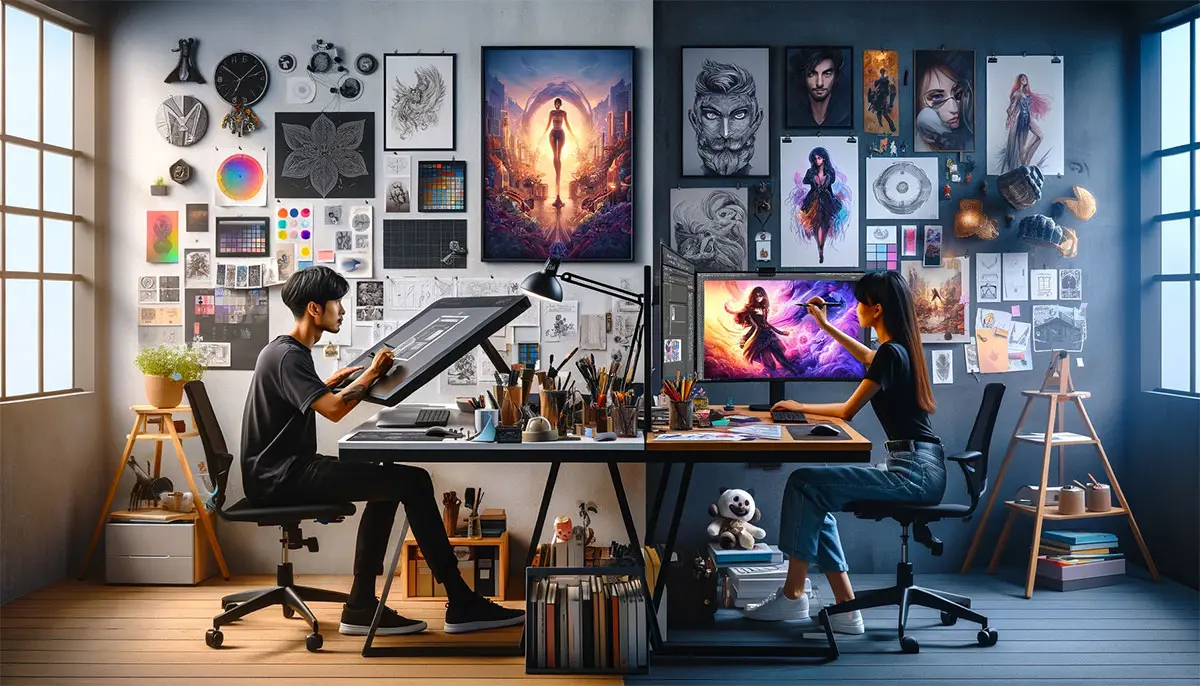Graphic Design for Beginners: 10 Essential Tips

Introduction
Whether you are a student, a business owner, or a professional in any field, at some point, you may need graphic design skills. You might need to create visuals for your blog, social media, or an impressive presentation for your colleagues. Graphic design can seem overwhelming at first, but by following structured steps, you can master the basics effectively.
If you research the advice of experienced designers, you'll often find the same suggestions: read as much as you can about design principles and master tools like Photoshop, Illustrator, and InDesign. However, if you're just starting, it's best to take smaller, structured steps. Read on to discover key tips for graphic design beginners!
1. Seek Inspiration
Start collecting designs that inspire you. Pinterest is a great platform to save and organize design references. However, remember to take inspiration, not copy! Your goal should be to develop your unique style.
2. Observe and Analyze
Look at the design elements of the works you admire. Observe how lines, shapes, and text are arranged. Over time, analyzing designs will help you apply techniques more effectively in your own work.
3. Pay Attention to Alignment
Alignment and symmetry give a design a professional look. No matter how creative your work is, ensure the elements are properly aligned for a balanced composition.
4. Choose the Right Fonts
Typography is crucial for readability. Avoid using too many different fonts in a single design, and ensure they complement each other. Stick to font families and maintain consistency throughout the project.
5. Master Color Harmony
Beginners often make the mistake of using too many colors. Instead, focus on a well-balanced color palette. Tools like Adobe Color CC can help you create harmonious color combinations.
6. Maintain Image Quality
Whether using photos, illustrations, or icons, ensure consistency in quality. Avoid mixing low-quality images with high-resolution elements, as it disrupts the design's harmony.
7. Seek Feedback and Learn from It
Share your designs with professionals or friends to get constructive feedback. Criticism is essential for growth, so be open to suggestions and continuously improve.
8. Keep Your Design Clear and Simple
A cluttered design confuses the viewer. Focus on clarity and ensure that the primary message is easily understood.
9. Respect Design Hierarchy
Make sure the most important element in your design stands out. Don’t let backgrounds or unnecessary details overpower the main message.
10. Follow Your Passion
Choose projects that genuinely interest you. Working on topics you love will keep you motivated and help you create more impactful designs.
Final Thoughts
Graphic design is a valuable skill regardless of your profession. Stay creative, keep learning, and experiment with different styles. With time and practice, you'll refine your skills and create professional-looking designs!